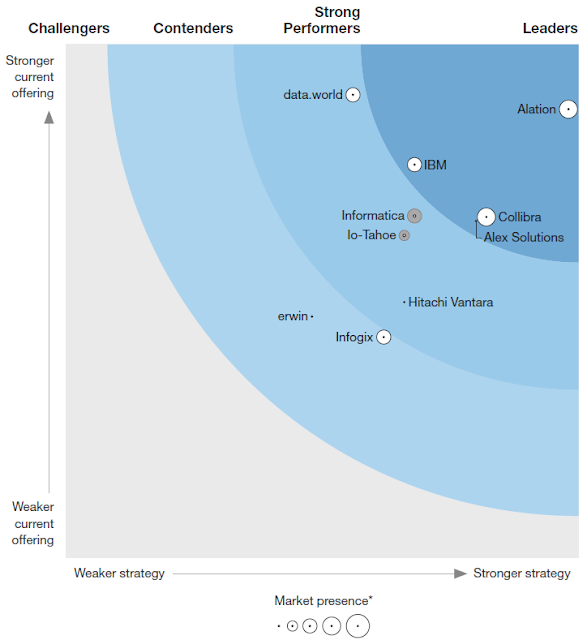Dremio December 2020 released!

This month’s release delivers very useful features like Apache Arrow Flight with Python, full support for CDP 7.1, security enhancements for Oracle connections, a new support bundle and much more. This blog post highlights the following updates: Arrow Flight clients Query support bundle Kerberos support for Dremio-Oracle connections User/job metrics available in the UI Continue reading >>>





















